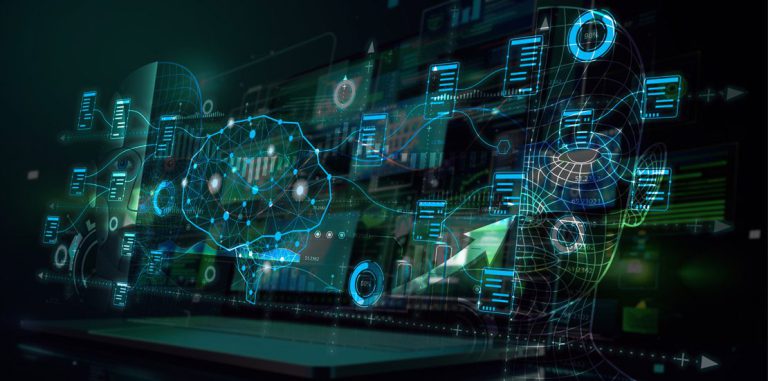[vc_row full_width=”stretch_row” el_class=” ” css=”.vc_custom_1607322349445{background-position: center !important;background-repeat: no-repeat !important;background-size: cover !important;}”][vc_column][stm_sidebar sidebar=”9670″][/vc_column][/vc_row][vc_row full_width=”stretch_row” css=”.vc_custom_1559808754695{background-position: center !important;background-repeat: no-repeat !important;background-size: cover !important;}” el_class=”CustomPageTitle”][vc_column][vc_column_text]
[post_title]
[/vc_column_text][stm_post_details][stm_post_bottom][/vc_column][/vc_row][vc_row][vc_column width=”3/4″][vc_column_text]The Internet of Things (IoT) has very quickly found its way into everyday business conversations. While this comes as expected and the overall IoT integration into business will be fruitful, many of us have been looking for IoT solutions rather than business solutions powered by IoT.
Collecting data from everything
Since the emergence of IoT, the goal has been to find a way to connect and collect. Whether you know it or not, just about everything is emitting data on some level, it is just not all being collected. Does data even exist if it is not being gathered? What good is a Terabyte of data if we don’t collect it? Data is one of the most valuable things in business, so of course we want to collect it. The availability and affordability of smart sensors, devices and modules has made it possible to connect to anything at any scale. These technology advances have, without a doubt, been the dominant force behind attempting to connect everything to the internet/cloud in pursuit of collecting allpertinent data.
There are many IoT solutions already available that help to streamline and scale connect-ability. The goal of these platforms and solutions is to control remotely or collect data from devices that may help determine new techniques and strategies of the business model moving forward. EX: A company that manages city street lights may use a platform that can monitor and analyze the life of each and every street light bulb in a given city. When out or malfunctioning, a sensor on the bulb will notify necessary personnel (usually through SMS or text) in attempt to streamline the process of light bulb replacement. Also, the data can be analyzed over a longer period of time to provide insight into product defect norms, correlations and more.
While this is an important step, connecting and collecting data is not a complete business solution.
Making Data Actionable
When we search for how to make the exciting future of IoT benefit our business, we must have the correct end goal. The end goal for IoT solutions should not be to collect data and make decisions, but rather to make that data actionable in real-time and useful to streamlining processes. For many decades, the one withstanding constant to improving a business lies within automating its processes, thus, lowering cost, improving efficiency and increasing profits. Our IoT solution must integrate into these objectives if we want to truly see the advantages of IoT.
Let’s use the same example as before: What happens after the light bulb sends out a message to the necessary personnel? We expect that person to follow the next step in the process: ordering a new light bulb, calling the vendor who replaces it or even just reporting an outage. All of these steps, like many business processes, increase the risk of human error and inefficiency.
What if our IoT solution went a step further, or even ten steps further and ensured complete automation? As soon as the light bulb dims out, a message (SMS) is sent to personnel, a replacement bulb is ordered and a ticket is created in the vendor’s schedule requiring same-day replacement. All data is stored for future predictive analysis, andfurther, all processes are equipped with the ability to confirm completion. Immediately we see the power of not only connecting to devices and collecting data, but also making that data actionable. Now, step back from the street light example and imagine the effect of IoT actionable data on a larger scale i.e. an entire city or massive manufacturing plant.
Final Thoughts
The future of IoT is exciting for consumers and businesses alike, but it is important that we understand how best to utilize it. In business, it is key to look at ways we can improve our existing processes through connection and data collection. Let’s not be blinded by the initial advantages of a connected business world, but rather plan on how to turn these advantages into automation rewards.[/vc_column_text][/vc_column][vc_column width=”1/4″][stm_sidebar sidebar=”527″][/vc_column][/vc_row][vc_row][vc_column][stm_post_comments][stm_post_bottom][vc_empty_space][/vc_column][/vc_row]


